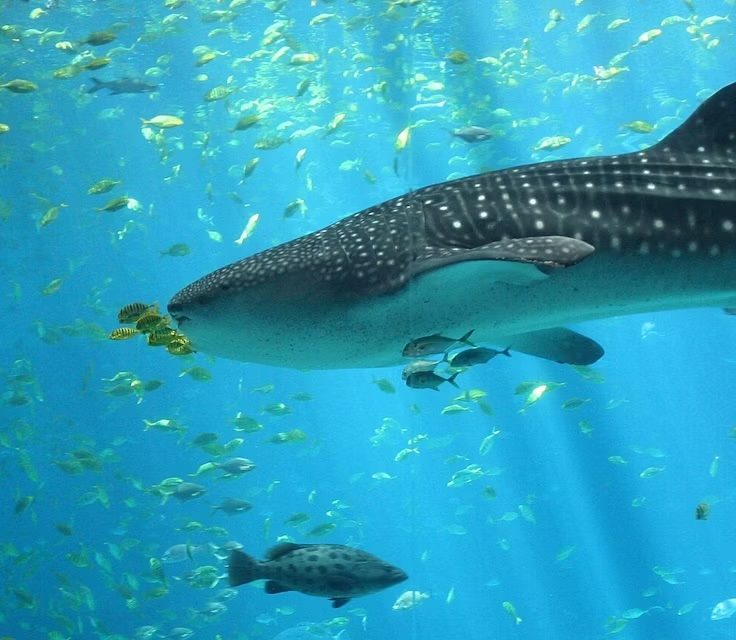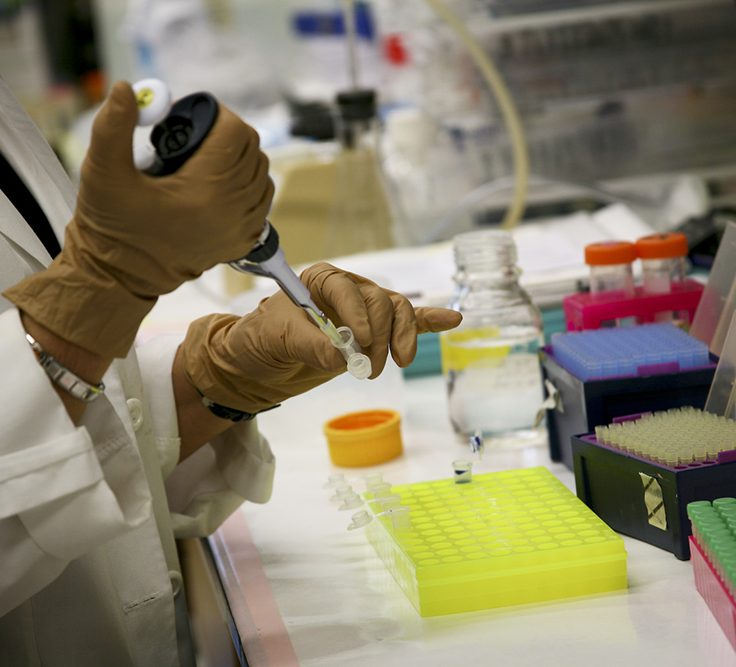
Below the Melt
As ice sheets and glaciers retreat, geological scientists push knowledge and awareness forward
JOHN JAEGAR can tell a lot about glaciers and ice sheets from the layers of sediment collecting underneath. The challenge has been getting to them. For the last 25 years, Jaeger has braved icy regions, boarding research vessels to gather samples that offer a window into the region’s past and future. To reach ice sheets in Western Greenland, ice-reinforced ships must navigate through narrow fjords — and most are too large to do so. In other locations, crews face treacherous conditions: In glacial areas around Alaska, pieces of collapsing icebergs can generate massive waves that could overwhelm the ship. Even in the few vessels with ice-reinforced hulls, Jaeger’s teams have at times had to stay more than 1,000 feet away from glaciers.
“You don’t want to end up like the Titanic,” said Jaeger, an associate professor of geological sciences at UF.
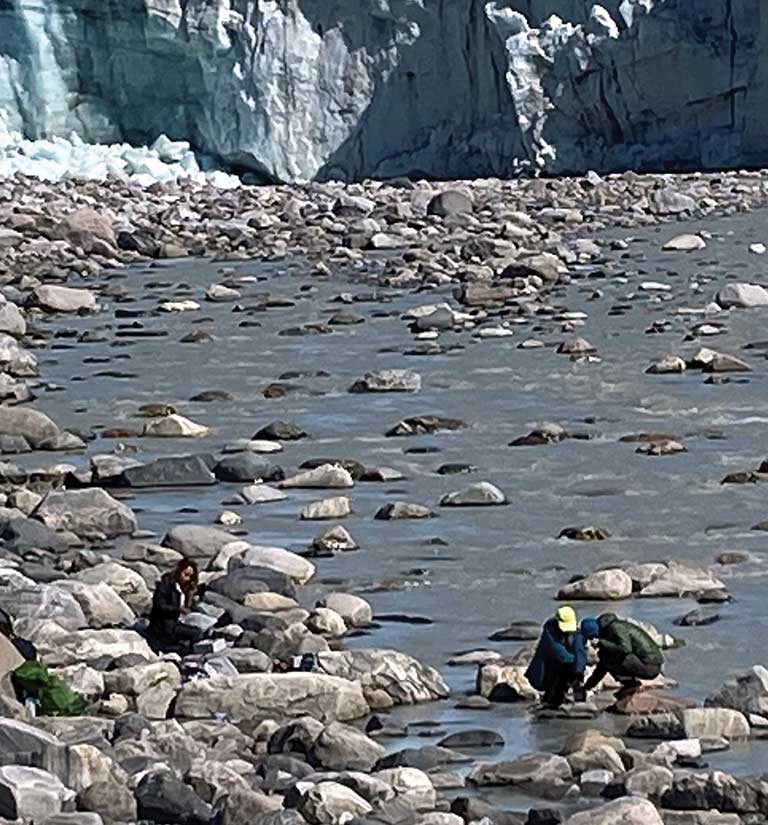
Jaeger and his research collaborators, however, now have a new partner who can get an up-close look beneath Greenland’s glaciers: a remotely controlled underwater robot. Next summer, the team will guide the submersible vehicle, engineered by the Woods Hole Oceanographic Institution in Massachusetts, from a nearby support ship. Using sensors and a manipulator arm, the robot will collect data and samples from glacial walls that were previously inaccessible. The project, led by the University of Texas at Austin and funded by the W.M. Keck Foundation, aims to unlock more accurate predictions about sea level rise.
“A vessel of this capability has never been used before in this setting,” Jaeger said. “This is stuff no one’s ever done before.”
As rapidly rising global temperatures push glaciers and ice sheets into retreat and force sea levels higher, innovative research approaches like this are becoming ever more urgent. At the University of Florida, a corps of faculty members in the Department of Geological Sciences are tackling the challenges from a variety of angles to make sense of the threats the world faces — and inform future solutions.
A PARADIGM SHIFT
Robots aren’t the only high-tech way to uncover what’s happening underneath glaciers and ice sheets. EMMA “MICKEY” MACKIE, joined the UF faculty as an assistant professor in 2021 as part of a university-wide effort to bring in experts in artificial intelligence. MacKie spent her undergrad years as a classical geologist examining rocks in the field, but in graduate school became interested in the potential of radar to gather more data about glacial environments from afar. Now an assistant professor at UF, she’s merging those areas of expertise by using machine learning approaches — training computers to make predictions based on data — to better understand the conditions beneath polar regions.
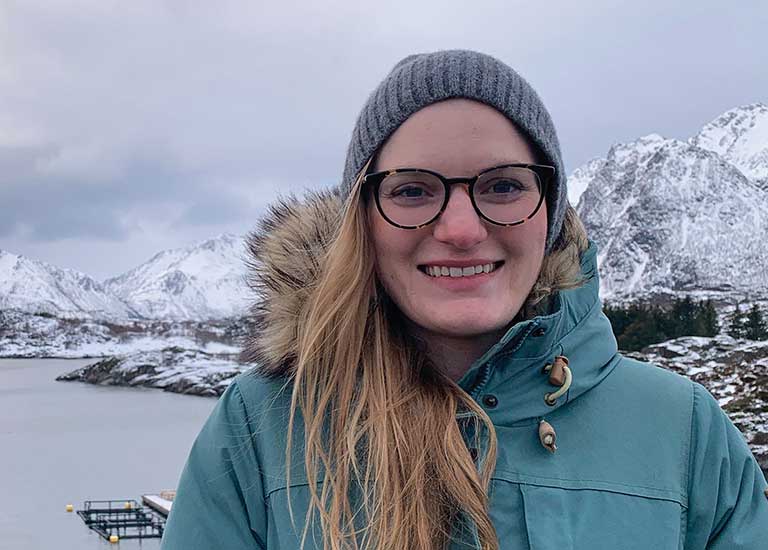
“We have a good handle on what the topography looks like from radar, but there are still very large gaps — often hundreds of kilometers where we don’t know anything,” MacKie said. To fill these holes in knowledge, she programs models to generate multiple predictions of the likely topographic features. As humanity tries to adapt to climate change, she said, it’s essential to consider the range of possible changes to polar regions that could affect sea level rise.
“If you’re building a nuclear power plant, for example, you want to know with 99% certainty that it will be able to withstand the worst-case scenario,” MacKie said. She and her team of undergraduates — with majors including geology, computer science and physics — have used the university’s high-powered supercomputer, HiPerGator, to run advanced algorithms. The computer-driven approach, however, doesn’t keep MacKie from heading out into the field to collect data around the glaciers. “It’s an amazing natural playground,” she said.
HISTORY IN THE MAKING
In the face of the pressing challenges presented by climate change, assistant professor ROB HATFIELD believes that scientists can no longer sit back and expect their data to speak for itself.

“We need to be advocates for our science,” said Hatfield. “Figuring out how to best communicate it to the public is going to be really important.”
He compares the Earth’s remaining ice sheets to an ice cube taken out of the freezer. “That ice cube doesn’t melt instantly, right? It takes time to become a puddle of water on your kitchen counter,” he said. “That’s essentially where we are. We’ve jacked up the temperature, and we have to figure out what kind of temperature change it takes to fully melt them.”
That’s where historical data — sometimes going back tens or hundreds of thousands of years — comes in. Hatfield focuses on the magnetic properties of marine sediments, which can be studied non-destructively and measured in seconds. He uses these measurements to identify when melting icesheets delivered sediment to the ocean in the past. When combined with data from microscopic sea creatures in the sediments, which indicate the past climate conditions, this information can tell us what caused earlier periods of glacial retreat.
Next summer, he’ll lead a six-week cruise off the west coast of Greenland to image the subsurface of the ocean floor and collect sediment cores. Hatfield hopes to reconstruct events 20,000 years ago that led to the ice sheet collapse. Joining the team of 21 scientists will be two UF graduate students. The National Science Foundation-funded project aims to retrieve the kind of samples — 60 to 70-foot tubes of mud — that tell the story of Greenland’s past.
“Not every place will give you the story that you want. The ocean floor is a chaotic place with a lot going on,” he said. “We’re trying to figure out where these records are best preserved.”
MYSTERY IN THE MELT
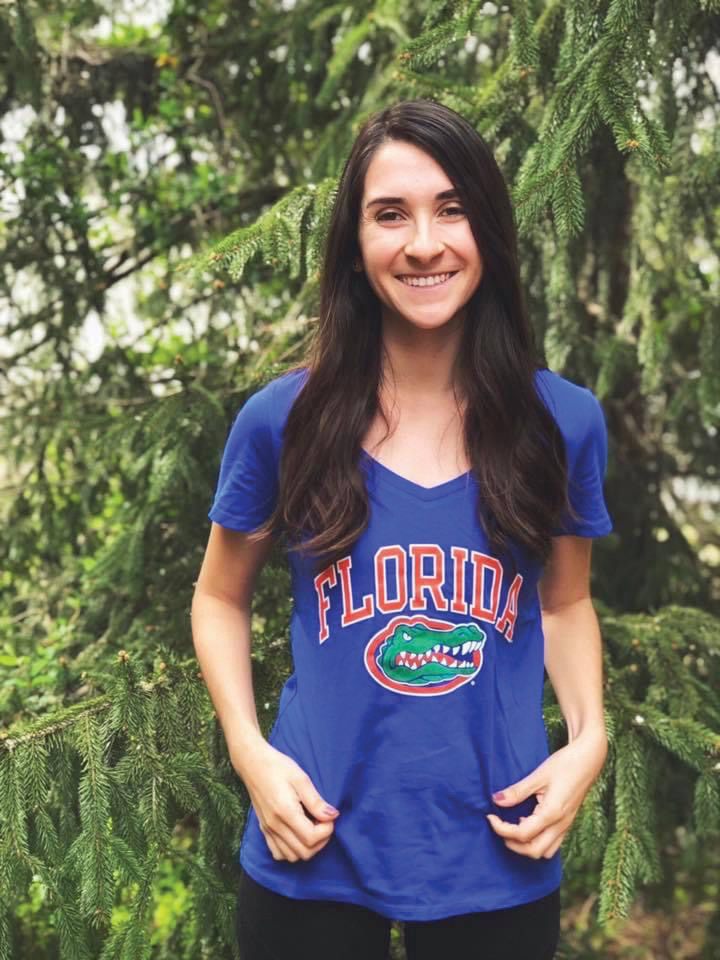
The different approaches in the department help the next generation of geologists push understanding even further. NICOLE GRECO, a graduate student in Jaeger’s lab, is working to decipher the role of meltwater in forming sediments in the water around glaciers and ice sheets in varied environments. MacKie and Hatfield have both lent their expertise to her project, changing its trajectory over the years.
By examining sediments that formed from glacial melt during previous periods of warming thousands of years ago, Greco hopes to uncover clues about the impacts that rising global temperatures will have in the future.
“I think this urgency is what motivates most glaciologists, especially during a time where we’re seeing increased melting in so many regions,” she said. “We’re constantly improving the accuracy in predicting how these changes will affect society.”
AS TIME GOES BY
For ELLEN and JON MARTIN, traveling between different landscapes in Greenland is like passing through a time machine.
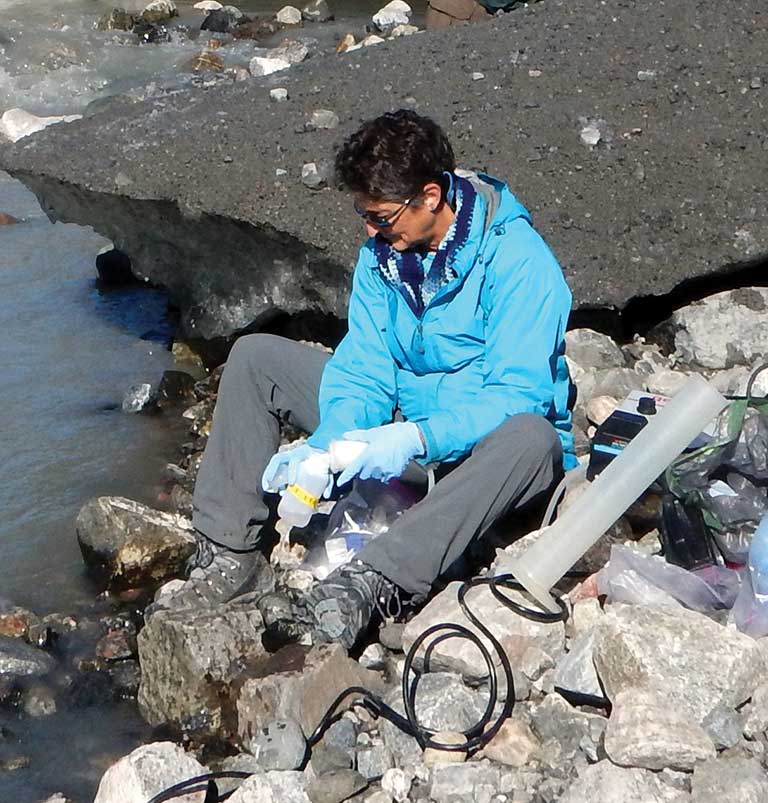
In an NSF-funded project, with additional support from the UF Water Institute Graduate Fellows program, the two professors of geological sciences compare landscapes that have recently been exposed by glacial retreat to those that were uncovered long ago. “About 10,000 years ago the Greenland Ice Sheet extended to the western margin of the continent and it has been retreating since that time. That newly exposed land allows us to compare processes that happen after the ice retreats with those occurring today along the margin of the ice sheet,” said Ellen Martin, who is also the department chair.
In part, they hope to understand how these landscapes interact differently with atmospheric carbon dioxide (CO2). As barren, newly exposed areas turn into tundra-covered regions, photosynthesis from the newly established vegetation captures CO2, as does the weathering of rocks ground up by the glacier and exposed as the ice retreats.
“Once you have that understanding, you might be able to build predictive models of what’s going to happen in the landscapes as atmospheric CO2 continues to increase,” Jon Martin said.
The researchers have also demonstrated that as glaciers have retreated over thousands of years, the nutrients — such as phosphorus, nitrogen, and carbon — flowing into the ocean from their meltwater have changed. These shifts could work their way up the food chain to affect the fisheries that are the backbone of Greenland’s economy.
Their goal in this project is not only to gather new data, but to open a conversation about retreating ice sheets with a broader audience. In what they call “environmental civics” — spearheaded by their collaborator Cynthia Barnett, the College of Journalism and Communications Environmental Journalist in Residence at UF — the team is developing environmental science curricula for students.
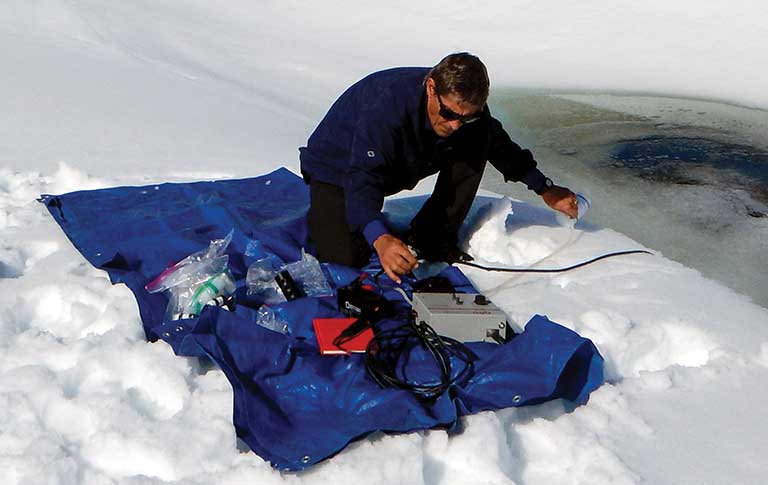
These efforts are focused on high school students in Greenland, but the COVID-19 pandemic pushed them to redirect much of the work to after-school programs for elementary and middle schoolers in Gainesville. The students get to look at 3D models that show what Greenland looks like with and without an ice sheet, and they explore the question of what happens to the ice when it melts into the ocean.
“Obviously, the answer is that the sea level rises. That has a direct impact on Florida,” Jon Martin said. “Hopefully, it’ll intrigue some of those kids enough that they’ll want to carry on with learning more about this topic.” After all, the planet’s future may depend on it.
This story appears in the fall 2022 issue of Ytori magazine. Read more from the issue.
